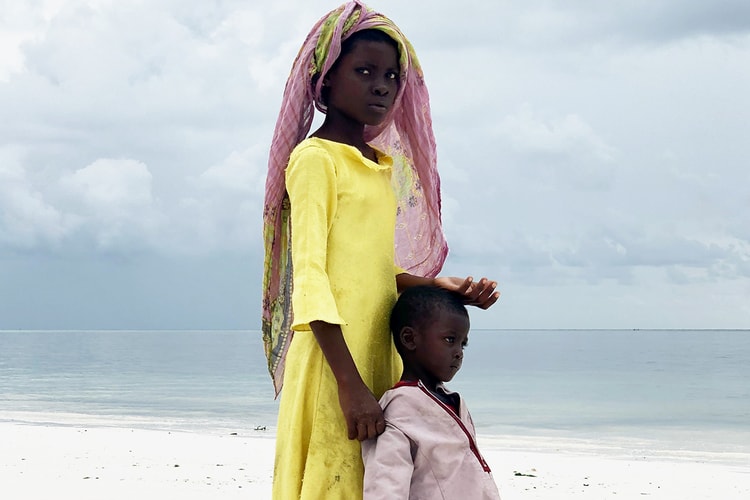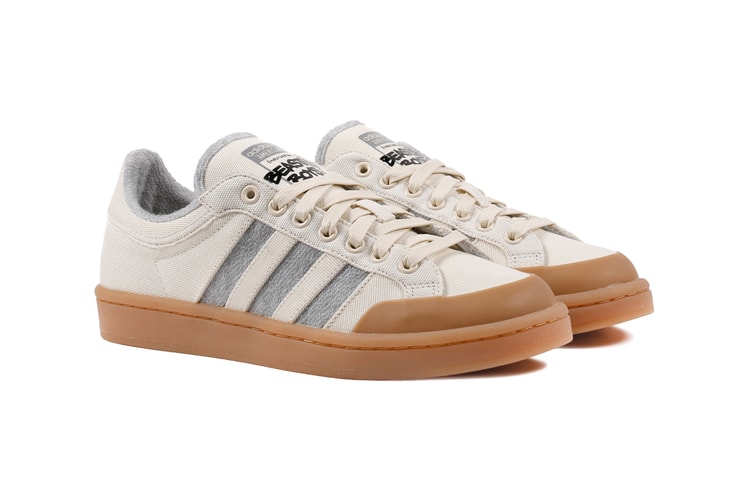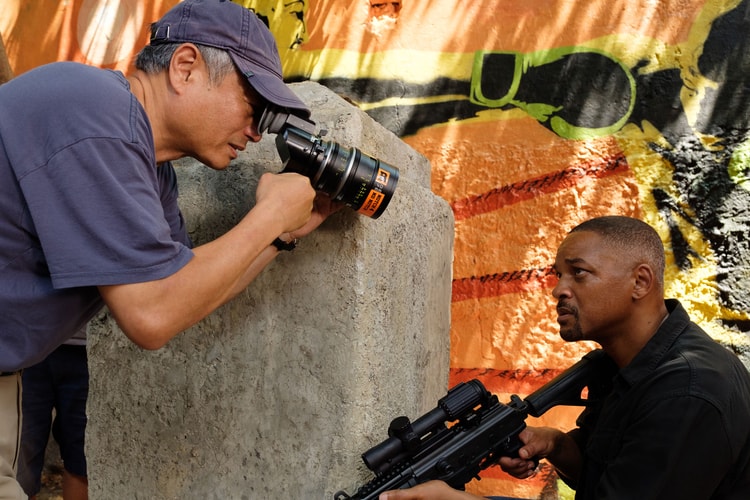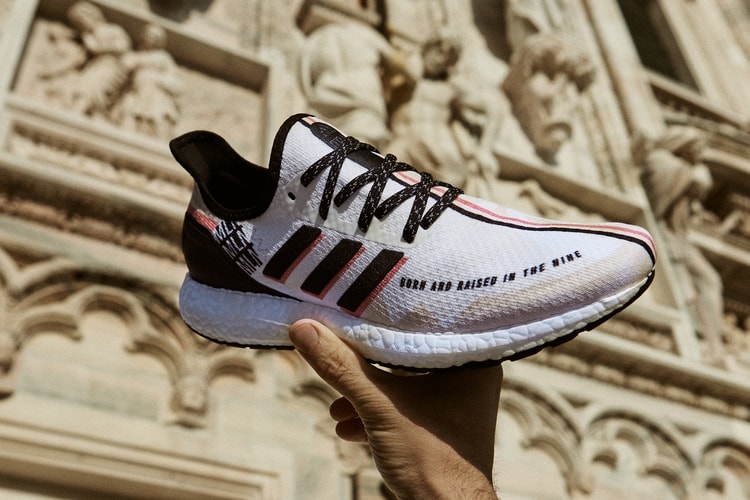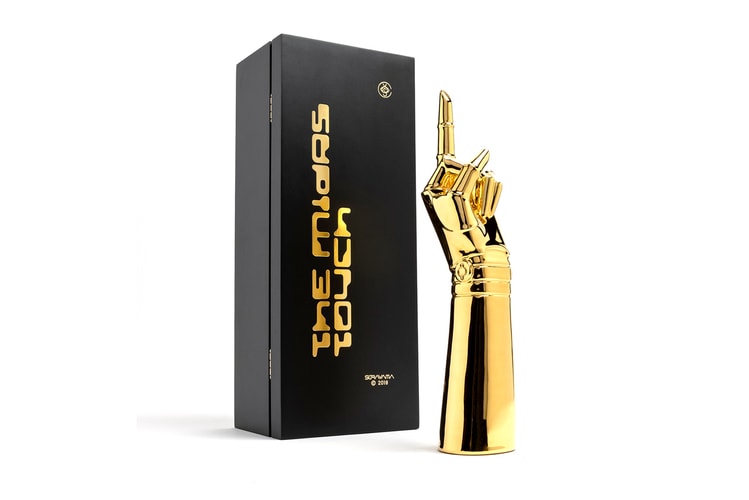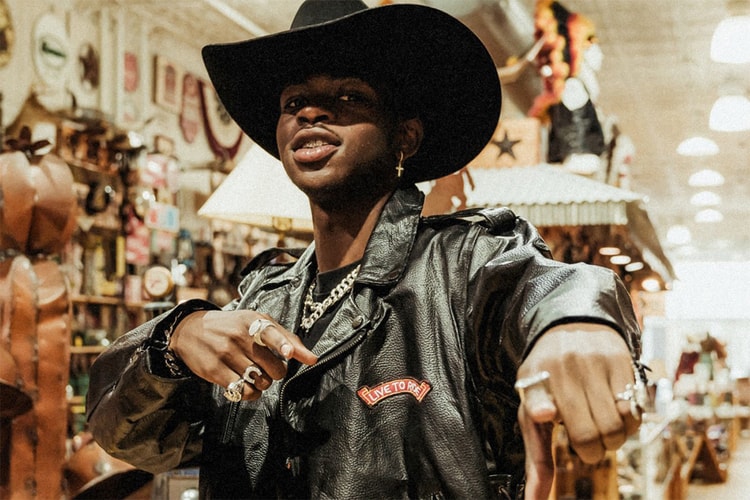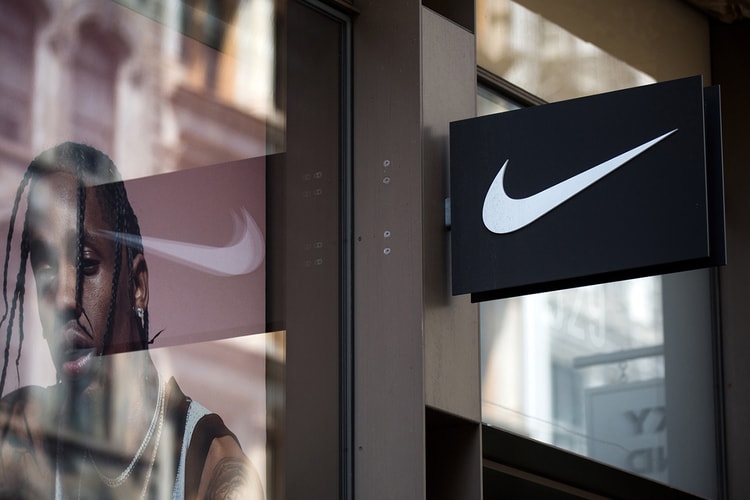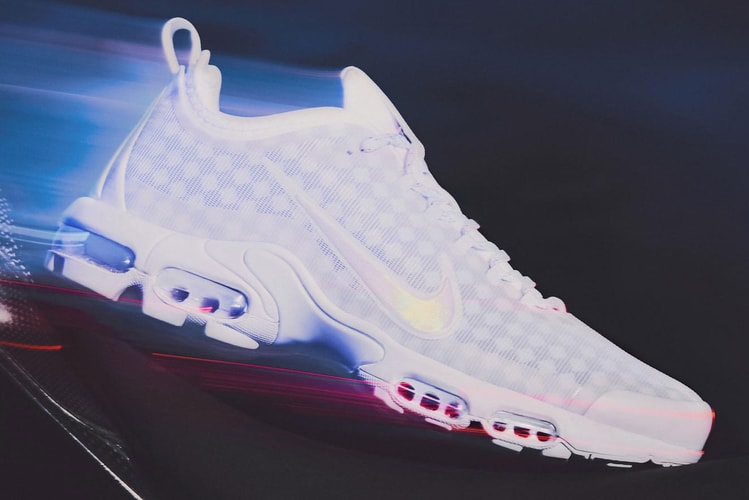James Jebbia Details the DNA Behind Supreme in Rare Interview
Discussing the origins of the brand, to its growth, and future.

New York-based streetwear brand Supreme has impacted the realm of fashion in a near revolutionary manner since its inception. While the cultural importance of the brand is unquestionable, what many are unfamiliar with is how Supreme became the trend-setting epicenter of fashion and street culture. In a rare interview with founder James Jebbia, GQ seeks to discover the very ethos of how Supreme has become what it is today.
For Jebbia, “the reason that we do things the way we do is because we respect the customer.” While that might come off as a hard-tacked truth, what still remains front and center of Jebbia’s brand is its emphasis on the skate lifestyle — the very grittiness of the streets that emphasizes the authentic as opposed to the inauthentic. As creative director Jen Brill shares, Supreme’s shop in the ‘90s was filled with “the cutest boys with the best styles and the sh*ttiest attitudes.” Jebbia was and still is interested in the “raw” — the true skaters and lifestyle entrepreneurs:
The influence was the people who were around the shop–the skaters. They would wear cool sh*t; they wouldn’t wear skate clothes…It would be a Polo, it would be a Gucci belt, it would be Champion. We made what we really liked. And it kind of was a gradual thing. From a few tees, a few sweats, a pair of cargo pants, a backpack. But the influence was definitely the young skaters in New York.
For Jebbia, Supreme was never a business — he had always been more preoccupied with the lifestyle of street skating as opposed to simply selling clothes. Jebbia undoubtedly saw a hole in the market, whereby skaters wished to dress themselves down in the coolest of street fashion, yet were stuck in a medium between carving out their own lifestyle without having specifically-tuned clothing that aptly channeled their attitudes.
“I never really even thought of [Supreme], in the very beginning, as a business. It was more of a hangout spot. You know, a place for that specific crew.” Jebbia’s brand took off in line with Harmony Korine’s Kids, which sought to depict the crew’s attitude that was often on display at the New York flagship. “It was raw…it was a specific attitude, and probably the DNA is [still] there now, but it really was a pure New York City kind of street skating.”
The full piece digs deep into the brand’s expansion across the globe as well, simultaneously looking into the brand’s billion-dollar valuation, and more. In terms of the future of the brand, Jebbia aptly shared that “we’re not stuck in a box,” whereby the open-mindedness of youth is always at the forefront of Supreme’s philosophy.
You can read the rest of the story on GQ.
For more related news, James Jebbia recently sat down to discuss Supreme Italia fakes.



